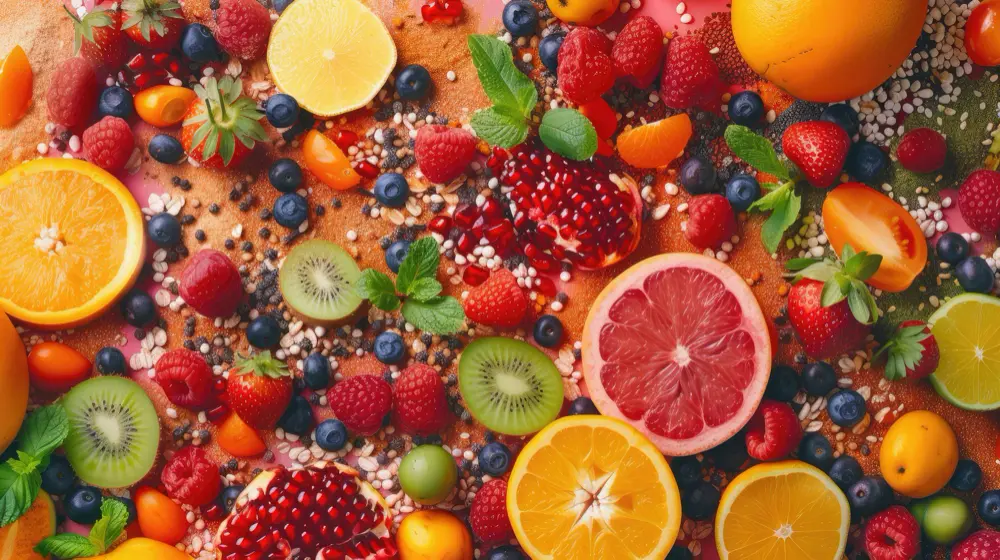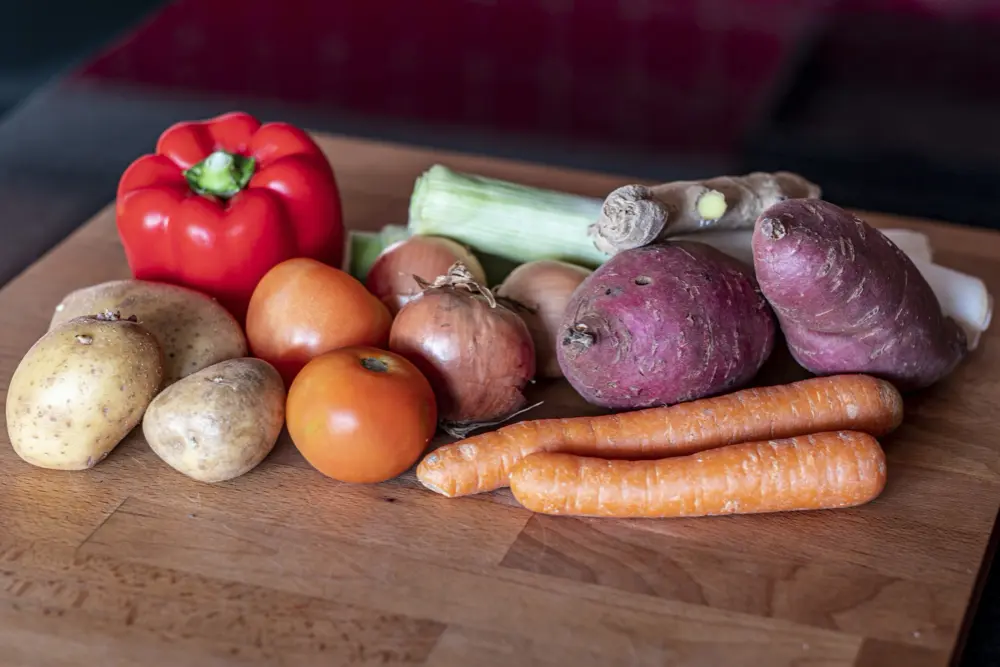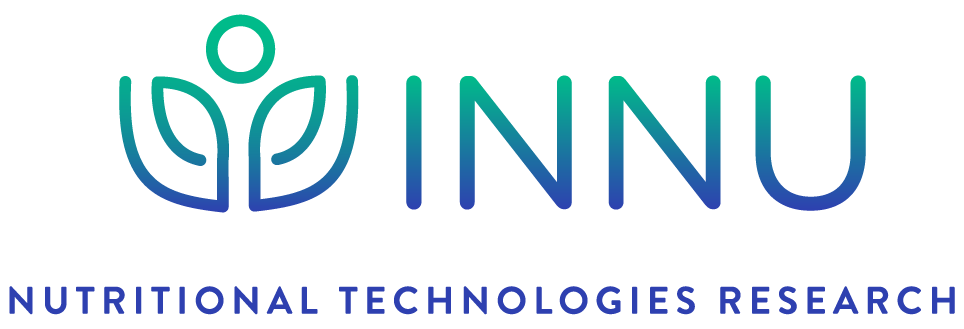Obesity has evolved into a global health problem with over one billion people worldwide living with it. This disease is closely linked to conditions such as chronic inflammation and oxidative stress which can increase the risk of cancer, diabetes, cardiovascular disease, liver disease, and renal disease. Herein lies the importance of finding and developing new and effective ways to treat and prevent obesity. Among the current treatments, an important element is the consumption of plant-based foods as the health benefits of the phytochemicals present in them, such as flavonoids, are widely known. Inside the world of these fascinating molecules, a particular group is gaining attention: anthocyanins.
The Colorful World of Anthocyanins
Anthocyanins are a subgroup of flavonoids, one of the many groups that comprise the world of phytochemicals. They are present in fruits, vegetables, and plants and are actually responsible for their blue, red, and purple colors. Conferring plants of vibrant colors is not the only they do, these molecules have many health benefits that can potentially aid in preventing and treating obesity and its associated comorbidities. Their antioxidant, anti-bacterial, anti-mutagenic, cardiovascular protection, and anti-inflammatory activities have been widely studied. Special attention is due to this last effect as anthocyanins have been reported to aid in the downregulation of the expression of genes involved in inflammation. This is particularly beneficial for people with obesity and overweight as chronic inflammation represents a risk for developing other ailments, such as insulin resistance, cancer, and metabolic syndrome. Other ways by which they express potential against this disease include increasing glucose.
Extracting the Anti-obesity Potential of Fruits and Cereals

Fruits are the richest source of anthocyanins, so it’s not a surprise scientists turned their heads in their direction. Berries are a common source of anthocyanins, but interestingly they can also be found in many other fruits endemic to particular countries. Many studies have reported the effect in vivo, mainly using mice models, of anthocyanins in extracts, plant parts, and juices of fruits like pomegranate, plum, acerola, and berries. Primarily through the variation of the animals´ diets in terms of fat content and anthocyanin supplementation, these studies have found interesting results, such as reduction in body weight as well as weight gain, downregulation of the expression of inflammation factors and biomarkers, improvement in gut microbiota composition and liver function, and gene expression involved in lipid and glucose metabolism.
Studies regarding the anti-obesity effect of anthocyanin in unprocessed cereal grains have also shown interesting findings. Through the study of extracts of grains and legumes, such as purple corn, purple maize, black rice, purple wheat, black soybean, and black beans with both in vivo and in vitro models scientists have found effects that include reduction in adipose inflammation, glucose uptake through the downregulation of the expression of glucose transports and downregulation of transcription factors involved in adipogenesis and triglyceride accumulation.
Why Stop at Fruits and Cereals? Unlocking Additional Anthocyanin Sources

The anti-obesity potential of vegetables and tubers has also been explored. Extracts of such products including eggplant and sweet potato mainly in mice and rat models have shown potential to reduce obesity issues through inhibitory activity against lipase and α-amylase and protection of the liver from adipogenesis. Another approach has been the study of anthocyanin commercial supplements. Findings from studies with human volunteers, mice models, and ex vivo models show compelling results, such as several antioxidant effects and the reduction of plasma levels of pro-inflammatory biomarkers.
Anthocyanins: A Natural Ally in Obesity Treatment and Prevention
The potential of anthocyanins as an aid in the prevention and management of obesity and related conditions has been demonstrated. In terms of further insights and prospects it can be highlighted that to fully understand and be able to take advantage of these nutraceuticals´ effect on obesity more focus should be put not only on their biological activities but also on their absorption, metabolism, and distribution.
Escalante-Aburto, A., Mendoza-Córdova, M. Y., Mahady, G. B., Luna-Vital, D. A., Gutiérrez-Uribe, J. A., & Chuck-Hernández, C. (2023). Consumption of dietary anthocyanins and their association with a reduction in obesity biomarkers and the prevention of obesity. Trends in Food Science & Technology, 140.


